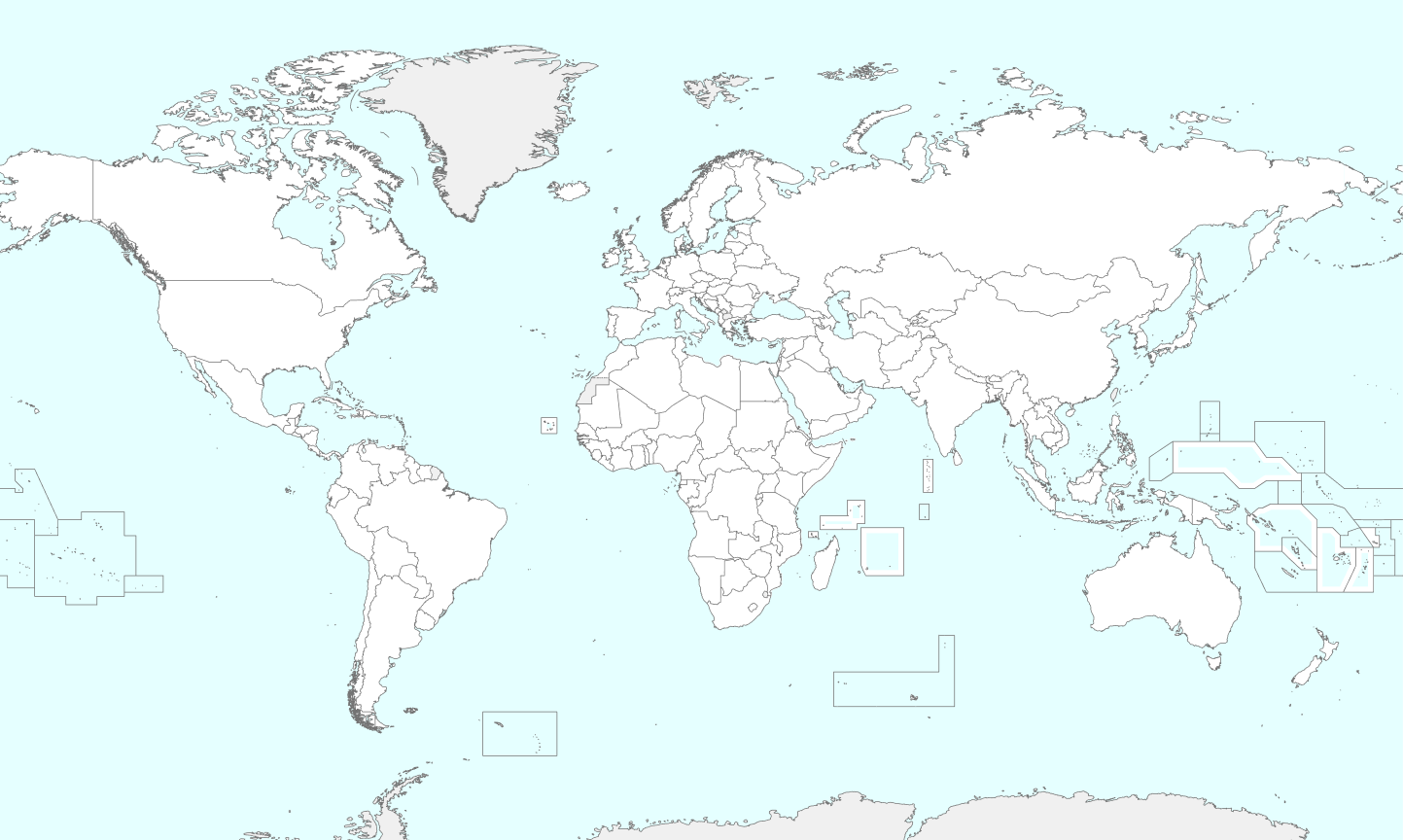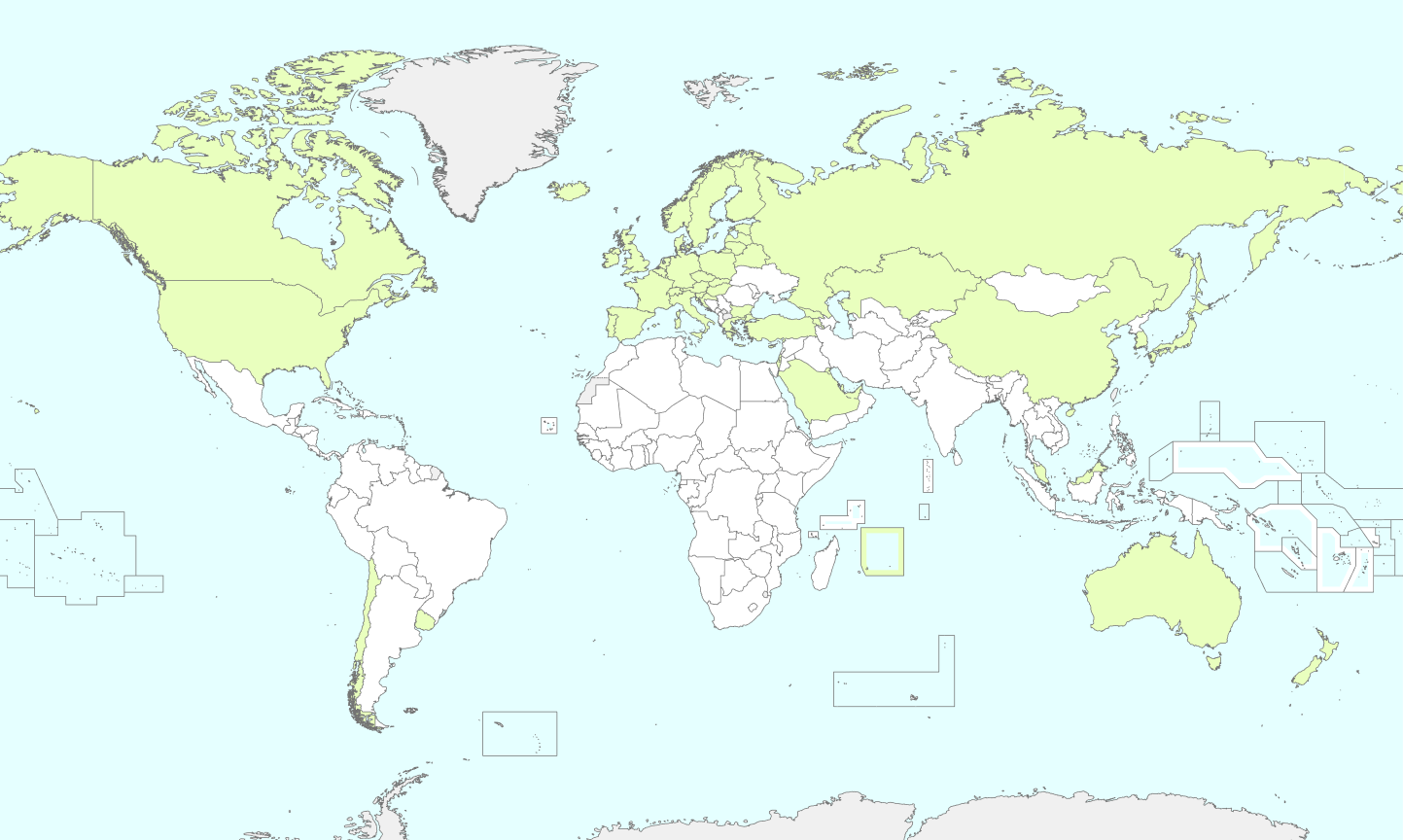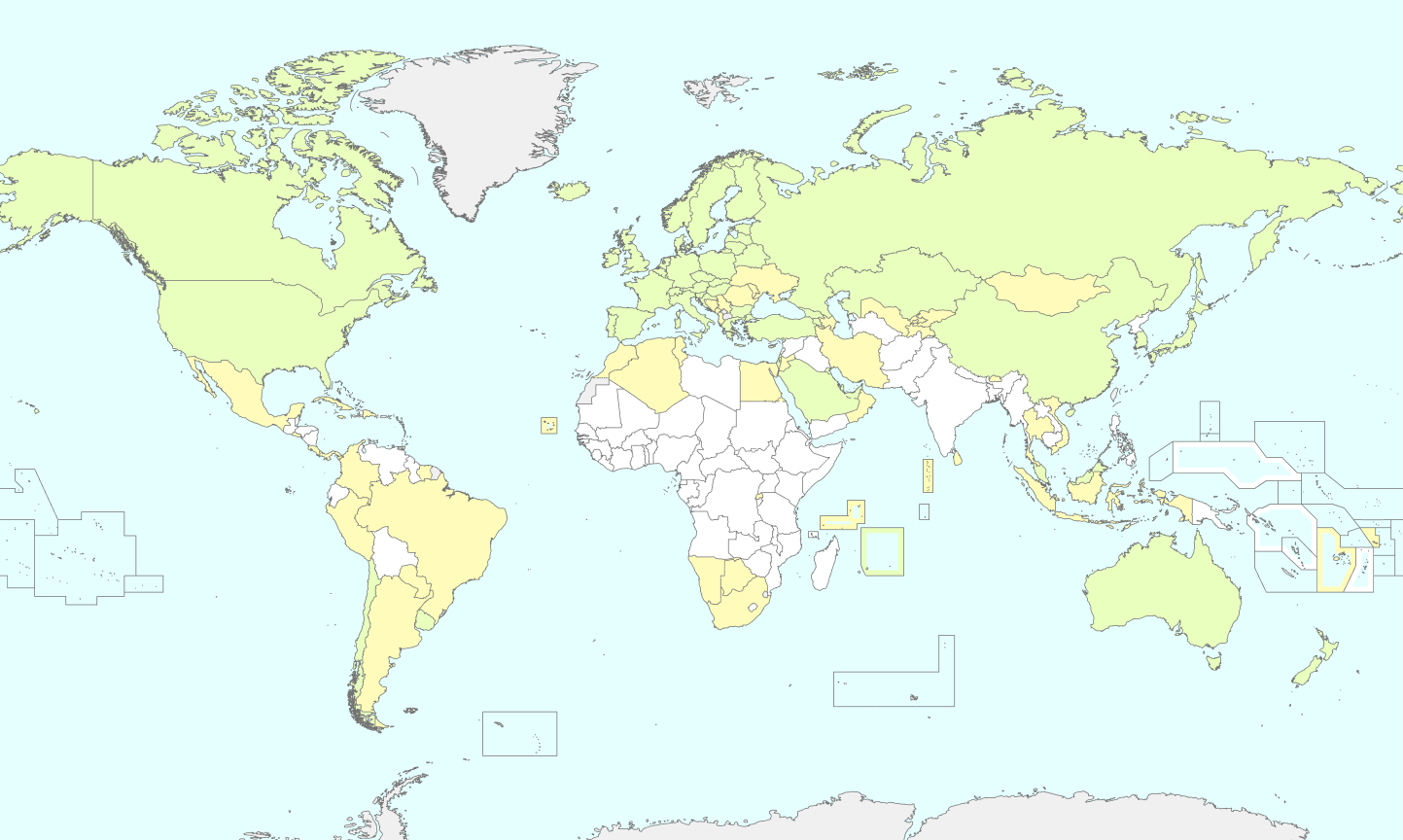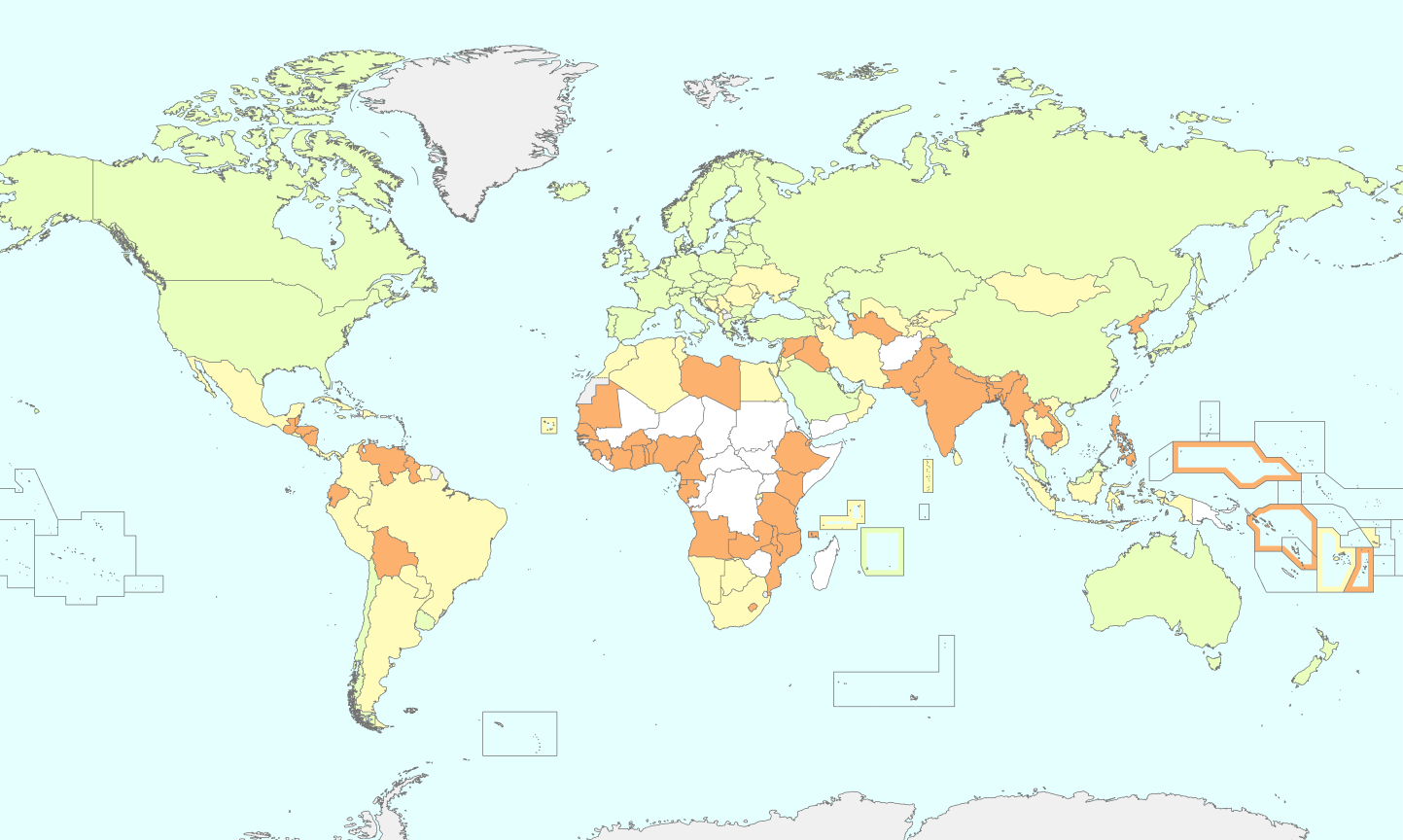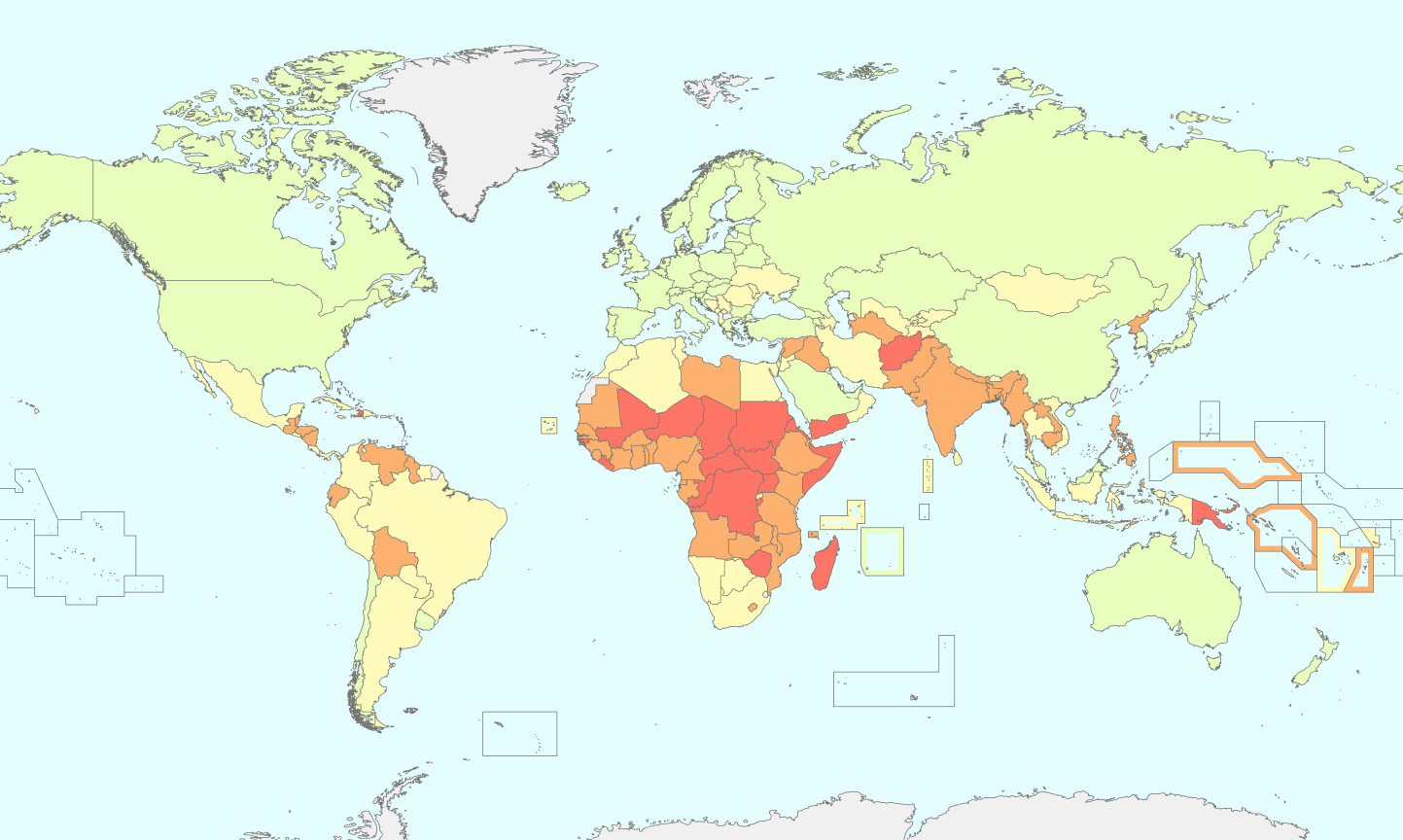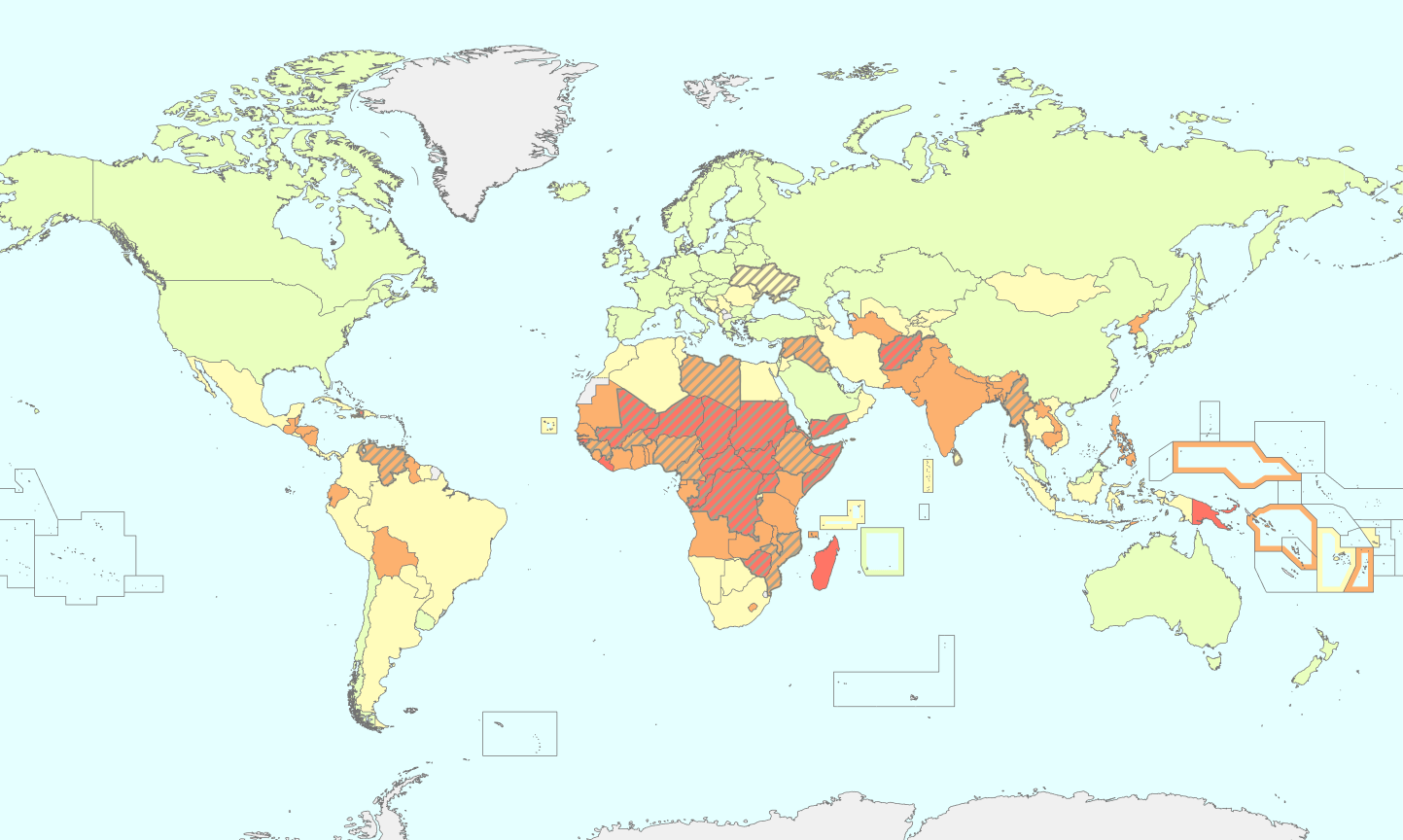Challenges for the European Union
Deaths due to extreme weather events between 1980 and 2020
=
10
20
50
deaths
of all deaths due to extreme weather events in the EU can be attributed to heatwaves.
The climate crisis will increasingly influence political, economic, and social dynamics within the EU by 2040. In particular, southern European countries will experience devastating consequences for their economy and public health, which will affect the stability of the entire EU.
The economy in many southern European countries is shaped by sectors that are particularly negatively impacted by rising average temperatures and more frequent heatwaves and droughts: tourism and agriculture. A decline in tourism and crop failures could lead to economic instability and pose conflict potential for the EU. The health impacts are also significant. For example heat-related mortality in southern Europe is expected to increase significantly by 2040.
This is the estimated amount of annual drought-related losses in agriculture in the EU and UK at 2 °C of warming.
Find out more about the challenges of the climate crisis for the EU in the full National Interdisciplinary Climate Risk Assessment.
Download report